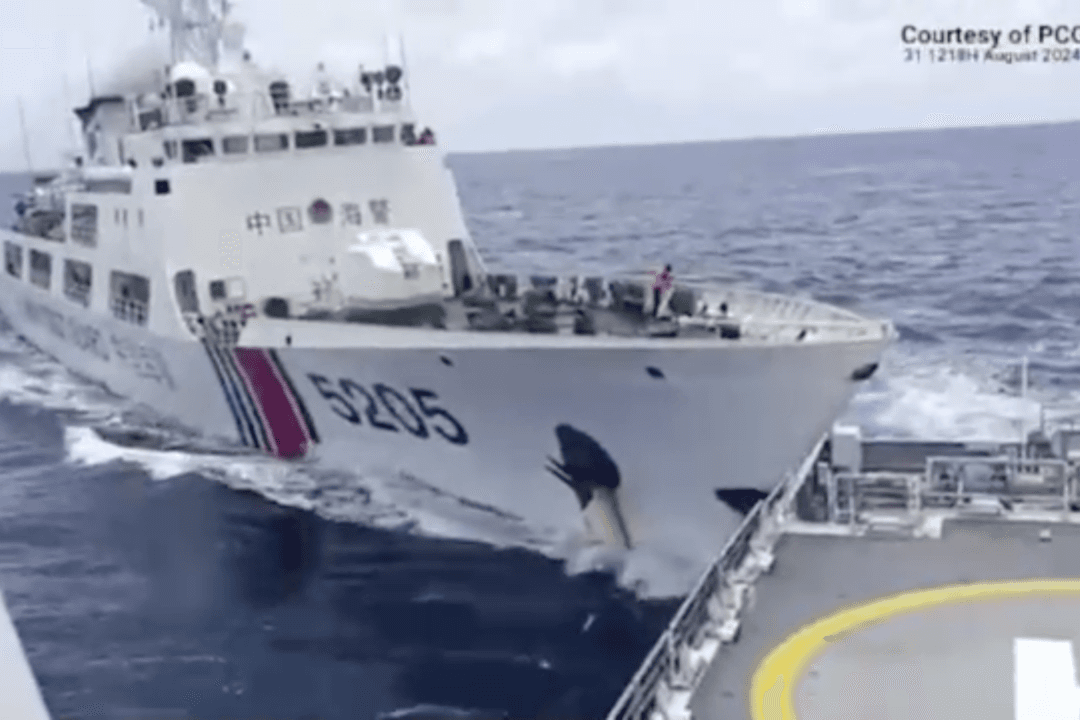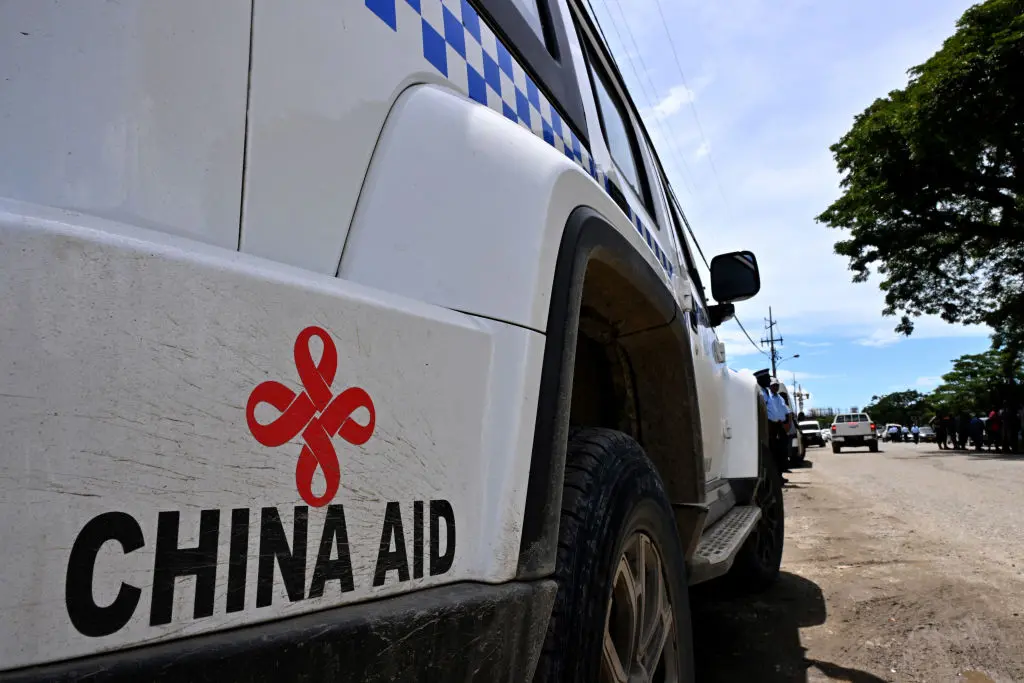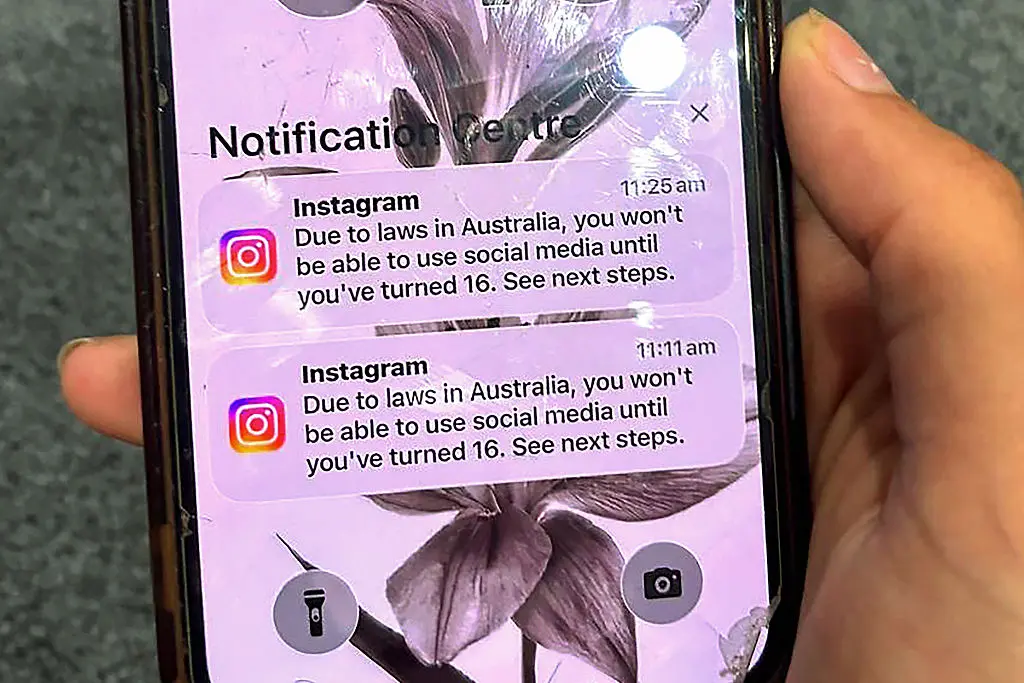Australia’s Defence Minister Richard Marles has launched a new strategy that he says will “turbocharge” defence innovation, science, and technology.
The Accelerating Asymmetric Advantage Strategy builds on technical and other input from Australia’s Five Eyes partners. It aims to counter Beijing’s use of what are called “grey zone tactics” in the Indo-Pacific region—something the U.S. State Department calls “gangster tactics”—threats, intimidation, armed confrontation, espionage, cyber-attacks, and election interference.





